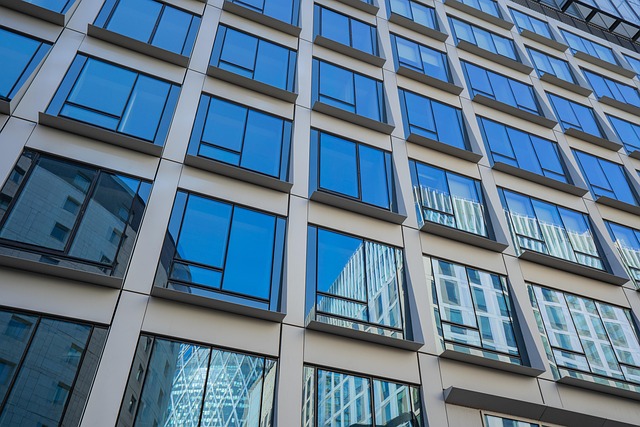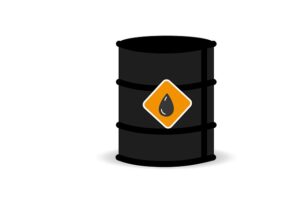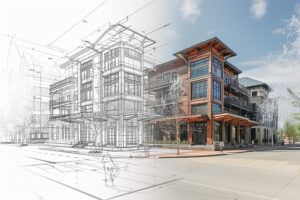Industrial air doors are essential for protecting equipment, personnel, and inventory from ultraviolet (UV) damage caused by prolonged sun exposure. They act as robust barriers against UV radiation, maintaining longevity, safe working conditions, and effective industrial climate separation for temperature control or specific atmospheric needs. These doors are crucial for various settings, from manufacturing to warehouse management, offering superior UV resistance ideal for outdoor installations. Regular maintenance ensures maximum protection, making them efficient loading dock barriers, factory entrance solutions, and industrial HVAC barriers, contributing to a safe and productive environment.
In industrial settings, UV damage poses a significant challenge. The relentless sun exposure can degrade materials, accelerate equipment wear, and compromise overall facility integrity. This article explores the critical role of UV-resistant industrial air doors in mitigating this issue. We’ll delve into how these specialized doors act as a protective barrier against harmful UV radiation, preserving industrial environments and extending equipment lifespan. From understanding UV damage to implementing effective protection strategies, discover why industrial air doors are an essential component for any robust facility management plan.
- Understanding UV Damage and Its Impact on Industrial Environments
- The Role of Industrial Air Doors in Protecting Against UV Radiation
- Key Features and Benefits of UV-Resistant Air Doors
- Implementation and Maintenance Tips for Optimal Protection
Understanding UV Damage and Its Impact on Industrial Environments

Ultraviolet (UV) damage is a significant concern in industrial settings, where various factors contribute to an increased risk of sun-induced degradation. Industrial air doors, like heavy-duty manufacturing door systems and loading dock barriers, play a pivotal role in mitigating this issue. Prolonged exposure to UV radiation can have detrimental effects on both the equipment and personnel within these environments.
The sun’s rays carry powerful UV rays that penetrate surfaces, leading to the deterioration of materials over time. In industrial applications, where large openings like warehouse opening protection or cold storage air doors are common, this damage can be accelerated. Industrial climate separation, whether for temperature control in factory entrance solutions or containing specific atmospheres, requires robust barriers that can withstand UV exposure. Thus, investing in high-quality industrial air doors becomes crucial to ensure the longevity of equipment and maintain a safe working condition.
The Role of Industrial Air Doors in Protecting Against UV Radiation

Industrial air doors play a pivotal role in safeguarding various industrial settings from the detrimental effects of UV radiation. These specialized doors are designed to act as robust industrial entrance barriers, providing an effective shield against harmful solar rays. By installing heavy-duty air doors, manufacturers and warehouse managers can ensure that their facilities remain protected, even when large opening air curtains are in use.
In harsh environments, where manufacturing door systems and loading dock barriers are essential for operational continuity, UV-resistant industrial air doors offer an additional layer of defense against climate extremes. This is particularly crucial for cold storage air doors, as they help maintain optimal temperature control while minimizing the ingress of UV light, thus preserving sensitive materials. As a reliable factory entrance solution, these doors not only enhance worker safety but also contribute to the longevity of equipment and inventory by preventing sun damage.
Key Features and Benefits of UV-Resistant Air Doors

UV-resistant industrial air doors offer a robust solution for preventing sun damage in various settings. These heavy-duty air doors are designed to withstand harsh environmental conditions, making them ideal for manufacturing door systems and warehouse opening protection. Their key features include superior UV resistance, ensuring longevity even when exposed to direct sunlight, which is crucial for outdoor installations.
Beyond protecting against sun damage, these industrial entrance barriers serve as effective factory entrance solutions and industrial climate separation. They are versatile enough to be used as loading dock barriers and cold storage air doors, providing both insulation and ventilation. As large opening air curtains, they facilitate easy access while maintaining temperature control, making them suitable for various industries, including those with demanding HVAC requirements.
Implementation and Maintenance Tips for Optimal Protection

Implementing UV-resistant industrial air doors is a strategic move to safeguard your workspace from harmful sun rays. These heavy-duty air doors act as robust industrial entrance barriers, preventing sun damage and maintaining optimal conditions inside. When selecting the right model, consider factors like door size, expected usage, and specific environmental needs, such as temperature control or climate separation for warehouses and cold storage facilities.
Regular maintenance is key to ensuring these doors provide maximum protection. Simple yet effective steps include keeping the doors clean, regularly inspecting seals and hinges for wear, and promptly replacing damaged components. Additionally, proper lubrication of moving parts can enhance their longevity. Remember, well-maintained industrial air doors not only protect against UV radiation but also serve as efficient loading dock barriers, factory entrance solutions, and industrial HVAC barriers, contributing to a safe and productive working environment.
Industrial air doors play a pivotal role in safeguarding sensitive environments from harmful UV radiation. By understanding the impact of UV damage and implementing effective protection strategies, businesses can preserve their spaces and assets. The key lies in choosing UV-resistant air doors with advanced features, ensuring optimal performance through regular maintenance. With these measures in place, industrial facilities can create a durable, protected environment, fostering efficiency and longevity.






